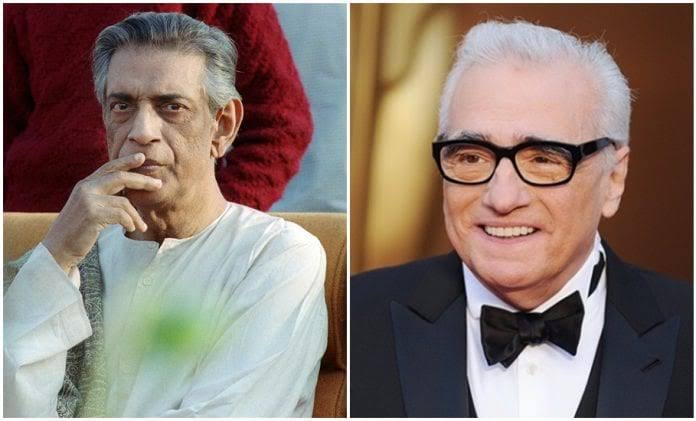
Hello everyone, I’m Sparsh Banerjee, one of the ’75 Creative Minds of Tomorrow’ at IFFI 52′ which was an initiative taken by the Ministry of Information & Broadcasting, Government of India. I am 18 years old and I am currently pursuing my B.A. in Filmmaking degree from Whistling Woods International. I also have been awarded the ‘Subhash Ghai Vidyadaan Merit Scholarship’. For me, Martin Scorsese and Satyajit Ray both are one of the greatest filmmakers of all time and both are a massive influence for me as a filmmaker.
So when I heard that Martin Scorsese was awarded the Satyajit Ray lifetime achievement award I was extremely excited because this is a person who has always credited Satyajit Ray as a source of inspiration for him. Martin Scorsese has played his part in restoring 9 Satyajit Ray films which clearly states the love and passion which the American-Italian filmmaker has for the legendary Indian filmmaker. That was evident when I was present at the festival when I saw his acceptance speech in which he was very proud of receiving the award. I could feel the weight of the emotion with which Martin Scorsese spoke which got me thinking in exactly what way did Satyajit Ray inspire Martin Scorsese so much? What value did Satyajit Ray bring to Martin Scorsese’s filmmaking career? This question brought me to write this blog in which I try to find the answers to this question.
Of course, there are a few tangibles that have been stated by Martin Scorsese in his own words but I’ve also found some of my interpretations to this above question. I would love it if y’all have more interpretations and more ideas to the question, ‘How Satyajit Ray added value to Martin Scorsese’s filmmaking career?’ Please feel free to share it in the comments below.
In his own words:
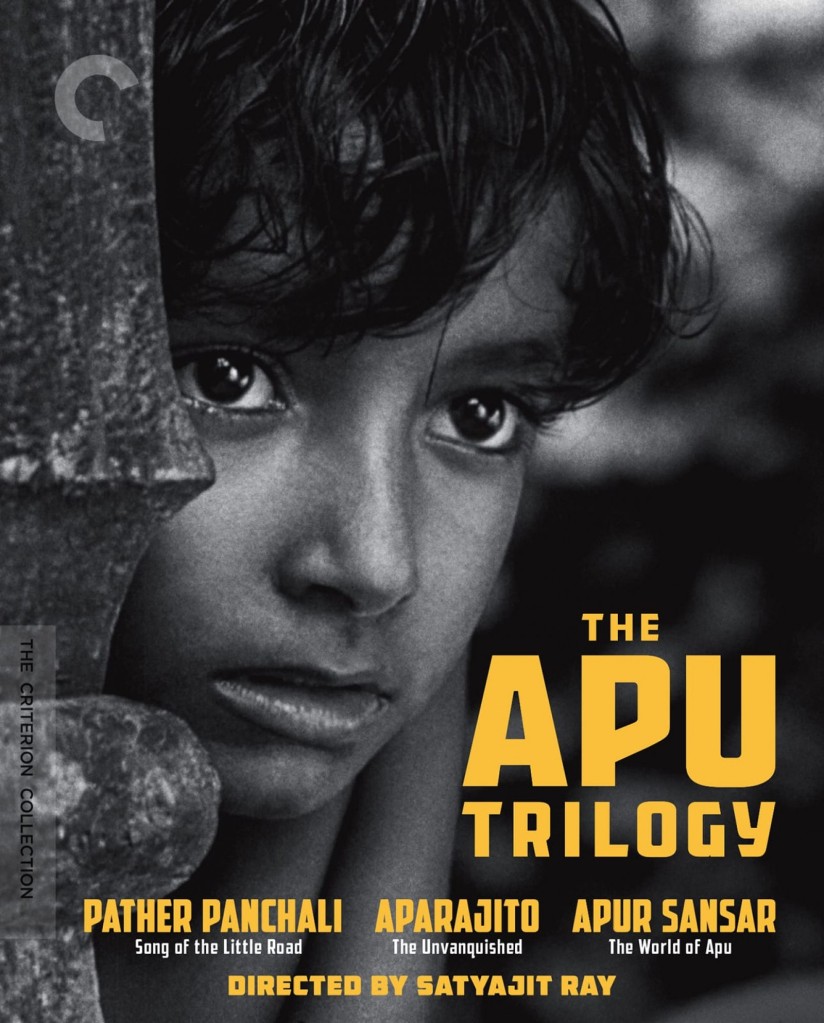
• For Martin Scorsese, the Apu trilogy — Pather Panchali (1955), Aparajito (1956) and Apur Sansar (1959) — was a milestone. He was used to seeing India on-screen but through a purely colonial perspective, which meant that the principal characters were Westerners and the “extras”, the people who provided the local colour and the background detail, were Indians. He had no idea whether the stories were happening in Gujarat, Kashmir, West Bengal or Maharashtra — it was just “India”.
• So, for him seeing the trilogy for the first time was a bracing and eye-opening experience and a very moving one as well. The people that had been in the background of so many movies were now the characters in the foreground. The pictures told stories of everyday life in a vein that was somewhat similar to Italian neo-realism according to him. And the artistry and filmmaking took his breath away. It was poetic, immediate, sweeping and intimate, all at the same time which touched his heart.
• The plot of Abhijan is quite similar to Taxi Driver. A Rajput (a warrior instead of a Vietnam veteran) reduced to the lowly task of a taxi driver; vents his frustration by hitting the bottle and even falls in love with a prostitute who he then looks to save from the clutches of her associates.
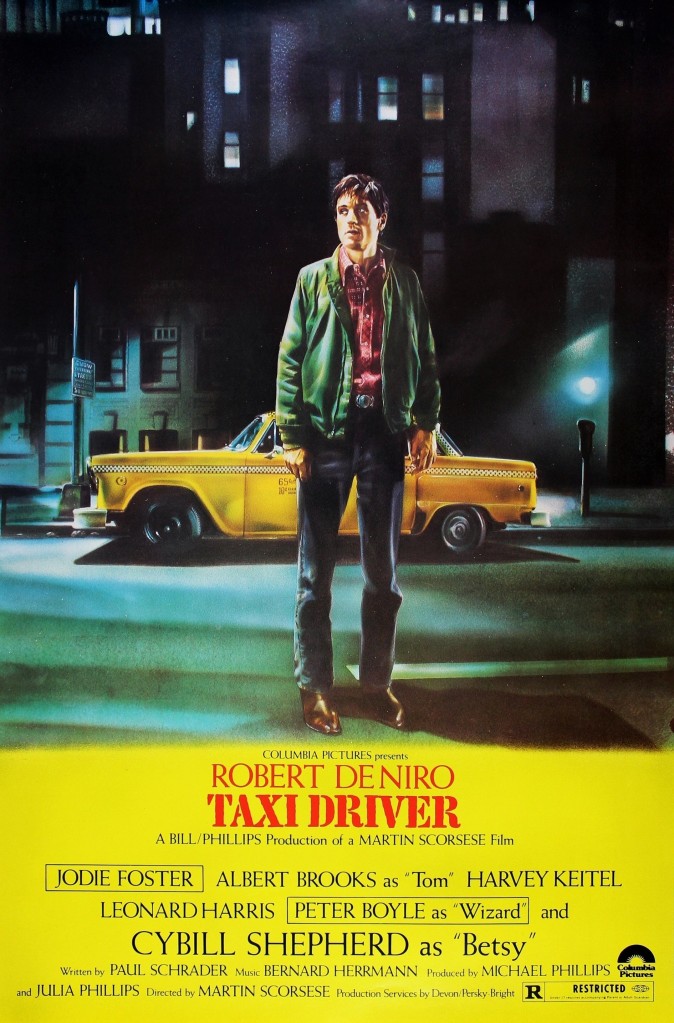
The following is the synopsis of Taxi Driver – Suffering from insomnia, disturbed loner Travis Bickle (Robert De Niro) takes a job as a New York City cabbie, haunting the streets nightly, growing increasingly detached from reality as he dreams of cleaning up the filthy city. When Travis meets pretty campaign worker Betsy (Cybill Shepherd), he becomes obsessed with the idea of saving the world, first plotting to assassinate a presidential candidate, then directing his attentions toward rescuing a 12-year-old prostitute Iris (Jodie Foster).
My observations:
• Martin Scorsese saw all three pictures in one sitting in a theatre in Manhattan. He was mesmerised. The remarkable close-up of Apu’s eye in Pather Panchali, the way the cut works with the sudden burst of Ravi Shankar’s music — for him, that was one of those precious revelatory moments he had in a movie theatre, and it had a profound and lasting effect on him as a filmmaker. Here’s my interpretation –
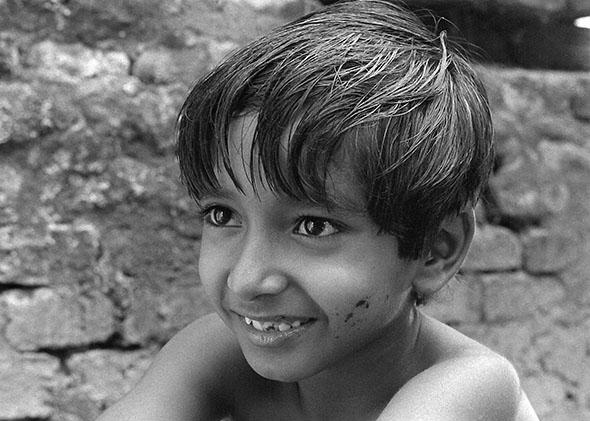
• On the topic of close-ups, Martin Scorsese uses close-ups very sparingly because when a close up is used, it’s as if the filmmaker is conveying very important information to the audience so when a close up is used in a Martin Scorsese movie, it usually means something. The close-up frame of Apu’s eye had a lot of meaning and that’s what in my opinion has had a ‘profound effect on him as a filmmaker.
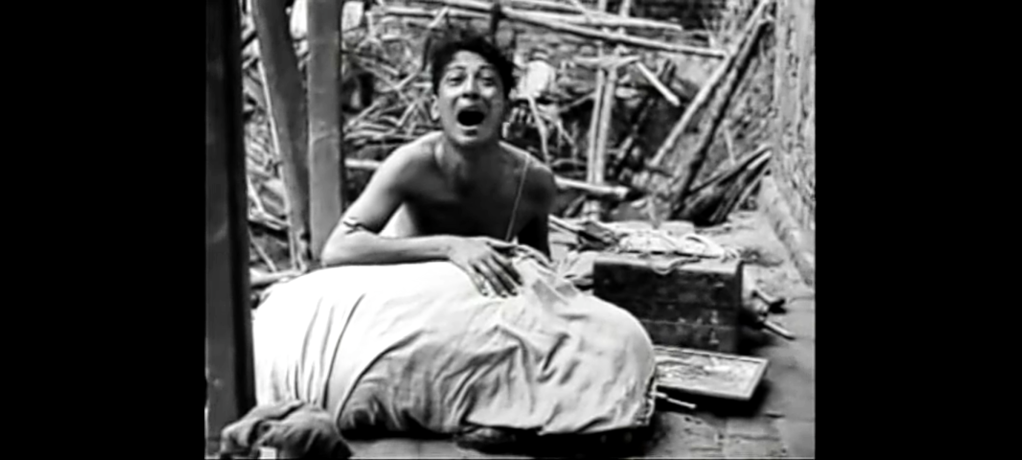
• Martin Scorsese has his unique way of using freeze frames then having music accompany it to highlight the importance of that frame in the audience’s head. In my opinion, how Ravi Shankar’s music plays during the scene of Durga’s death when her father cries out loud for her which is followed with a push in shot of Apu looking at his father, has had a part to play in how Martin Scorsese uses freeze frames such as the iconic ones in Goodfellas and Raging Bull.
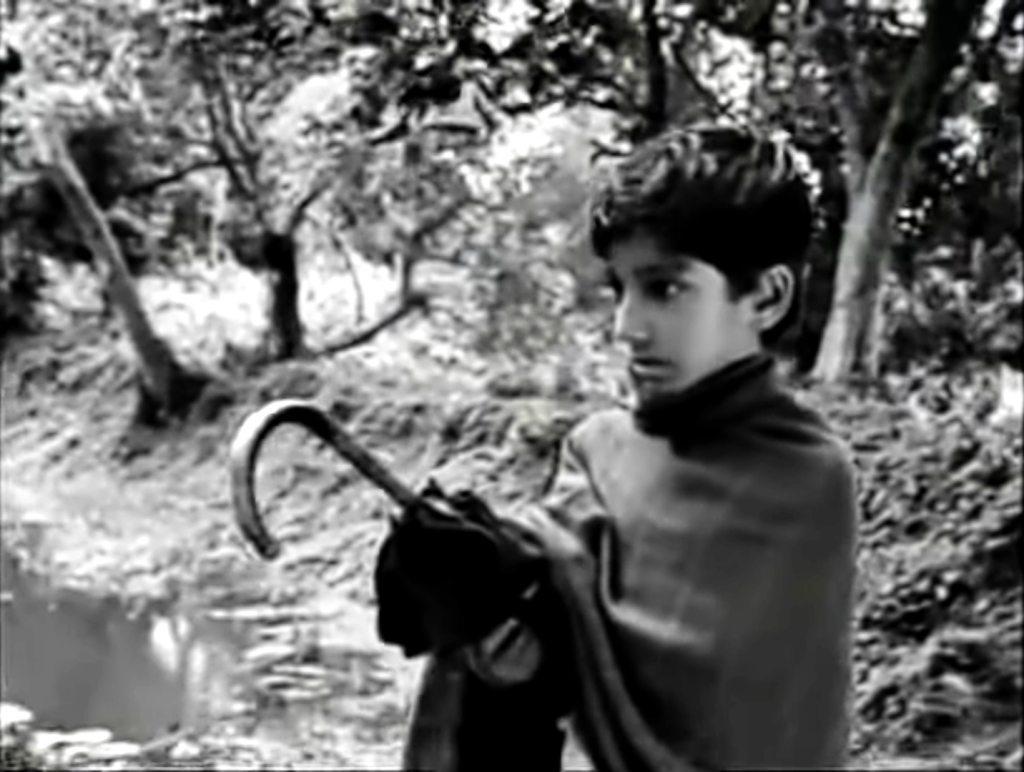
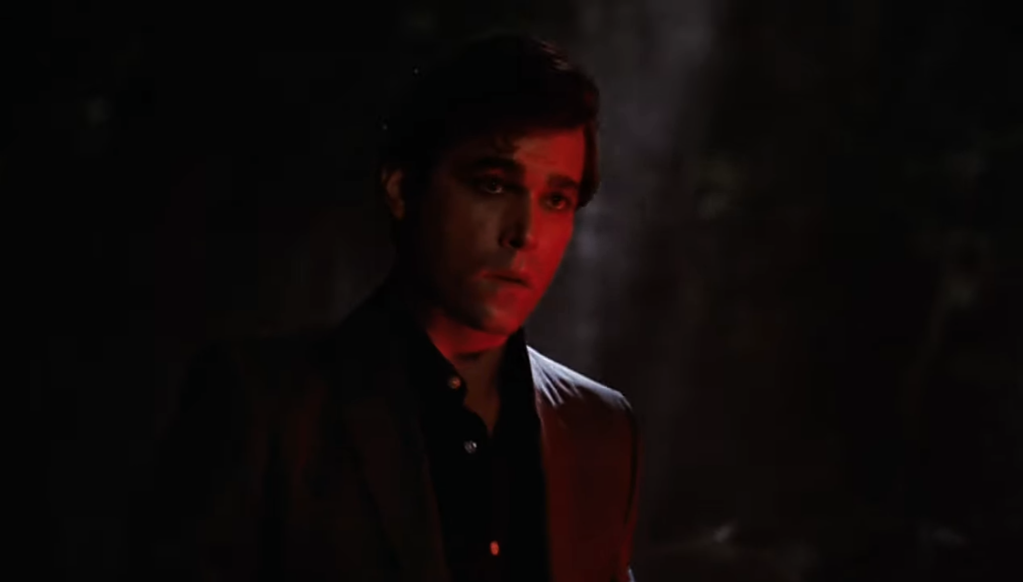
Martin Scorsese is not the only filmmaker who had been inspired by the works of Satyajit Ray. Here are some other legendary filmmakers working even today who consider Satyajit Ray the ‘Master’ of the craft of filmmaking.

Christopher Nolan: The Dark Knight filmmaker is one of those rare directors who with every film manages to impress both the critics as well as set the box-office on fire. During his recent visit to India, he said that Satyajit Ray’s Pather Panchali is extraordinary and one of the best films ever made. It made him want to work with Indian directors.
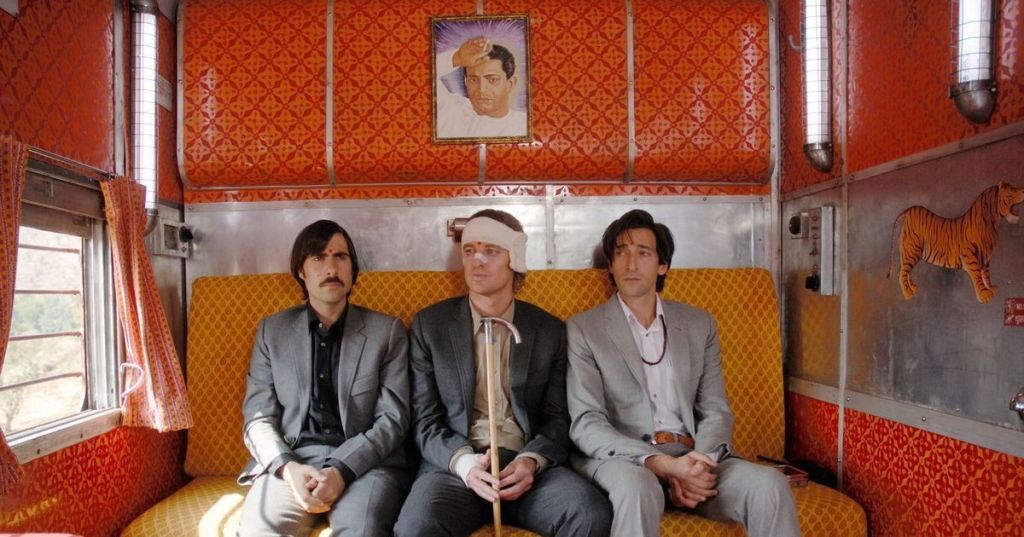
Wes Anderson: His works bear a heavy influence from Satyajit Ray who he has often cited as his inspiration. The ending of his film The Darjeeling Limited pays homage to Ray’s Apu Trilogy.

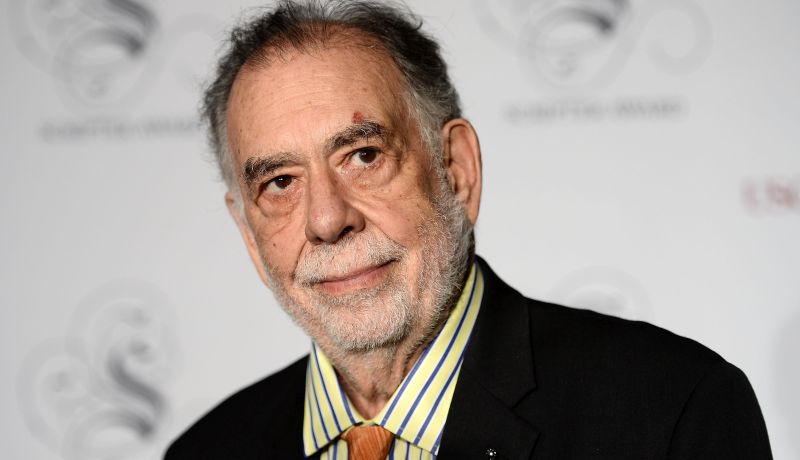
Francis Ford Coppola: The legendary filmmaker who has directed The Godfather saga, often cited as the film of all time is a huge fan of Satyajit Ray’s work and cites him as a major influence in his life.
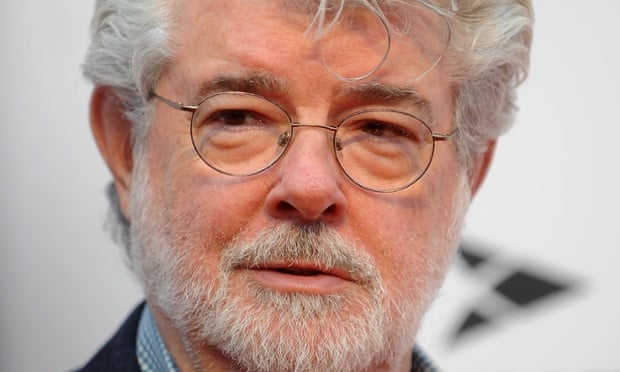
George Lucas: The creator of the Star Wars saga called Satyajit Ray an extraordinary filmmaker whose work had a profound influence on filmmakers across the world. He called for bringing his work to the attention of young filmmakers.
I want to thank the Ministry and Shri Anurag Singh Thakur Honourable Union Minister of
Sports, Youth Affairs, Information and Broadcasting, Government Of India for helping me to attend the festival. I also want to thank Chaitanya Prasad, the Director of IFFI for the festival and for screening the films of Martin Scorsese in theatres. I had the privilege to watch ‘Goodfellas’ in 35 mm film print in theatres which ignited the idea for me to write this blog. I hope y’all liked my analysis and please feel free to share what you think in the comments and add your own opinions and analysis below.
Thank you!
Sparsh Banerjee.
#75creativemindsiffi #52iffi #iffi52 #iffigoa #iffi2021 #iffi #SatyajitRay #MartinScorsese